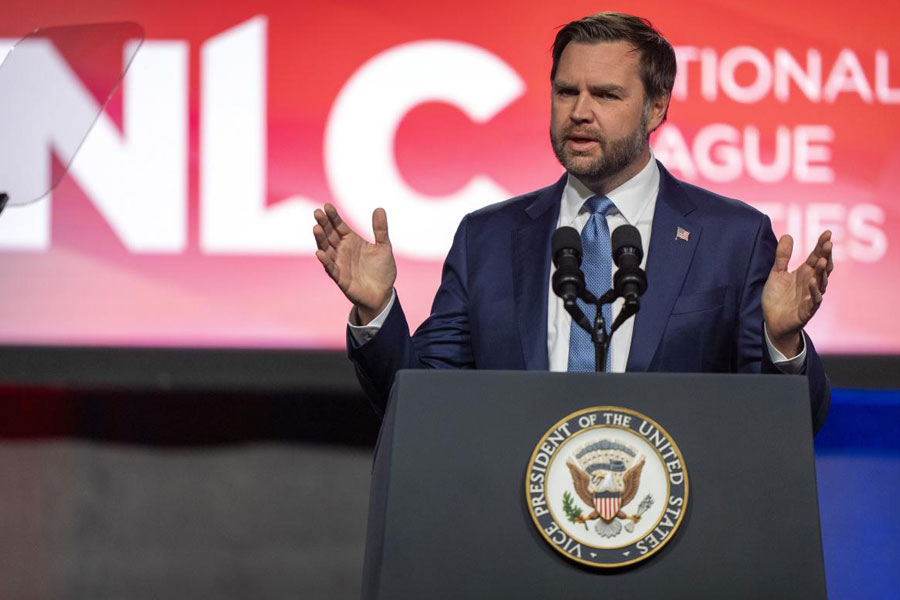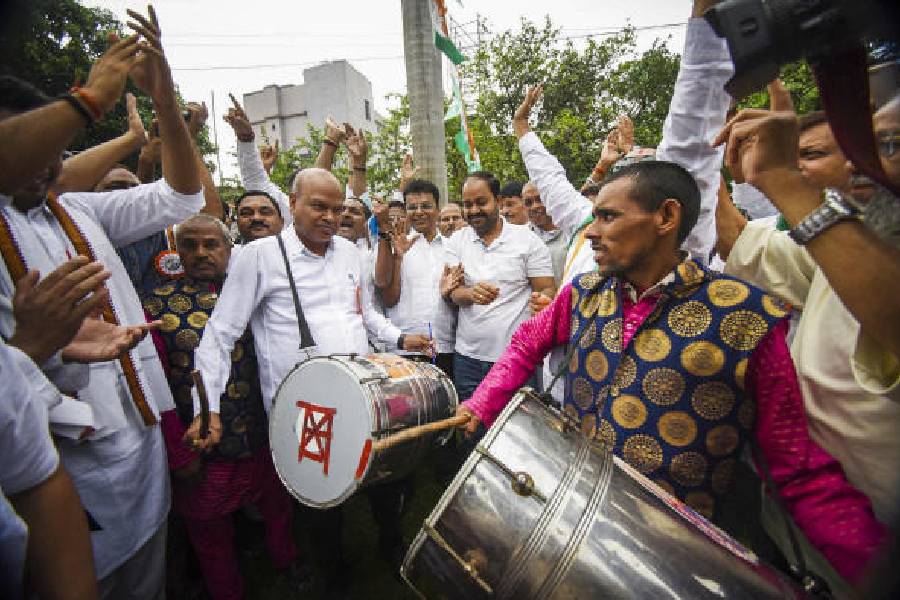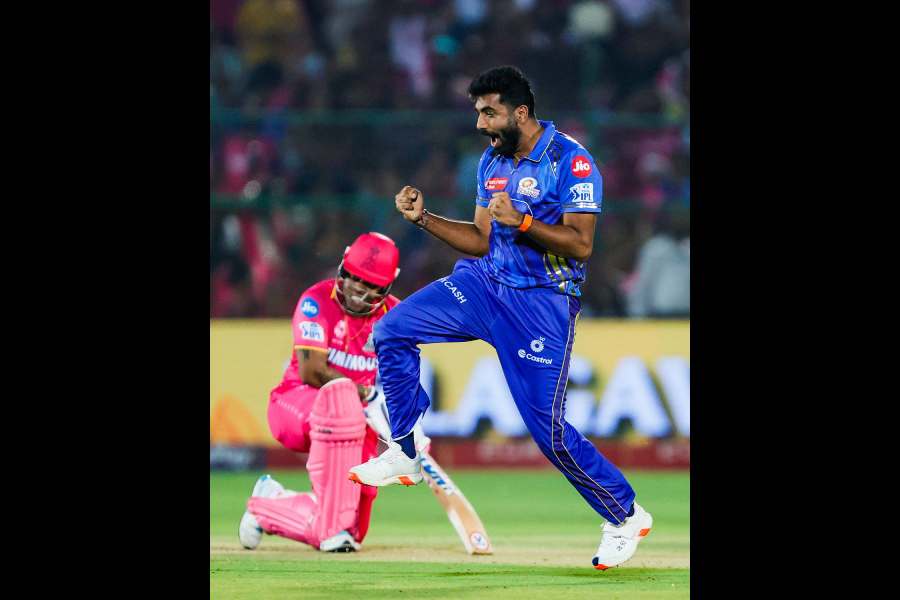 |
 |
| Abhishek and Aishwarya Rai Bachchan promoted Raavan at Cannes with stylish photo calls and glamorous red carpet appearances; (top) the screening of Kites at Cannes in 2009 helped Reliance Big Pictures find new markets in Latin America, CIS, China and Eastern Europe |
When 34-year-old Vikramaditya Motwane’s debut film, Udaan, was showcased at the Festival de Cannes 2010, it received a standing ovation from the audience. Udaan was the first Hindi film to be screened in the competition section of the festival. The movie has been co-produced by Anurag Kashyap, Sanjay Singh and UTV Motion Pictures.
At the Sundance Film Festival, Peepli Live, written and directed by Anusha Rizvi and produced by Aamir Khan, is the first Indian movie to compete in its World Dramatic Section. Since Sundance, the movie has done the rounds of Berlin and the Edinburgh Film Festivals. “A well known and prestigious festival is a great starting point for creating the right buzz for a good film,” says Aamir Khan.
Once upon a time, Indian films didn’t dare to strut their stuff at the international level. Now, more and more movies from Mumbai’s dream factories are being taken on a grand tour of international film festivals by Bollywood’s movie moguls.
Take a look at Cannes, which had a significant Indian presence this year. While Motwane’s Udaan was shortlisted for the competitive section, portions of Mani Ratnam’s Raavan and Dibakar Banerjee’s LSD (Love, Sex aur Dhokha) had what are called private screenings — that means that filmmakers pay to screen their movies to potential buyers and distributors.
Also exhibited to buyers at the French Riviera were Indian films like Peepli Live, Harishchandrachi Factory and an animation offering called Arjun The Warrior Prince. Adding a bit of Indian flavour to the short film section of the festival was also a documentary titled Last Of The Tattooed Head Hunters, directed by 36-year-old Naga filmmaker Vikeyeno Zao.
Just about everyone is doing the festival circuit. Individual producers, big banner studios and distributors are jetting off to festivals in different corners of the world, going overboard with their international promotions in an attempt to find new buyers and explore unorthodox revenue streams for their films. And the movies being taken abroad range from a Rs 60-crore multi-starrer like Ravaan to a Rs 6-crore creation like Peepli Live.
Of course, Cannes sits on top of the glamour pile with marquee stars like Aishwarya Rai Bachchan, Abhishek Bachchan and Hrithik Roshan upping the ante with their high-gloss couture outfits, cocktail parties and stylish photo-calls. Inevitably, their movies such as Raavan and Kites generate heavy duty publicity back home as well as in international markets by virtue of these high octane red carpet appearances.
 |
| Udaan is the first Hindi film to be screened in the competition section of the Cannes Film Festival |
However, beneath the hype and hoopla of these glossy festivals lies an intricate mesh of business networking. According to Shubho Shekhar Bhattacharjee, CEO, Planman Motion Pictures, the moviemaking business in India has had an overhaul of sorts in the last couple of years. The biggies of the Indian film industry are raring to grab more eyeballs than ever before, be it through home viewing or through theatrical releases in all corners of the globe.
And there are scores of film festivals of varying scales where Indian movie-makers peddle their wares, ranging from the uber-sprawling Cannes to the very niche Tokyo.
What’s at an international film festival for the Indian filmmaker? Multiple business propositions, that’s what. They’re hoping to sell everything from home video and DVD rights to television and theatre releases in unexplored corners of the world. “Interesting business options in local markets open up such as satellite/home video offers and DVD releases,” says Bhattacharjee.
So, when Kites was showcased at Cannes in 2009, it opened new markets in Mexico — partly owing to its Mexican star Barbara Mori and the film’s international look. “After Cannes last year, we have been able to conclude deals in Latin America, CIS (Commonwealth of Independent States), China and Eastern Europe which have been normally out of bounds for Indian films,” says Mahesh Ramanathan, COO, Reliance Big Pictures (RBP).
 |
| Peepli Live is the first Indian movie to compete in the World Dramatic Section of Sundance Film Festival; (right) Rajat Kapoor’s Fatso will be touring festivals like Mexico, Shanghai and South Asian International in New York among others |
 |
Pritish Nandy, chairman, Pritish Nandy Communications (PNC) says the advantage of going to a festival is that everyone’s there and it’s easier to do deals in one place. “I may get a composite overseas deal which eliminates the need for local overseas deals,” says Nandy.
PNC is putting five movies on the festival circuit this year such as Saeed Akhtar Mirza’s Ek Tho Chance, Rajat Kapoor’s Fatso, Nikhil Bhat’s Saluun, Abhijit Chaudhari’s Ek Accident and Saurabh Shukla’s Raat Gayi Baat Gayi. “We have been to and won some of the top awards at festivals in New York, Cairo, Los Angeles, Houston, Mexico, London, Las Vegas, Singapore and Shanghai,” says Nandy.
But it’s important to remember that in today’s world there are film festivals and yet more film festivals. There are the biggies like Cannes, Venice and Toronto. Then, there are smaller or more specialised ones such as Las Vegas, Mexico, Shanghai, Singapore, Houston and Cairo to which movies like Saluun, Fatso and Ek Tho Chance are dropping by.
Each festival serves a different marketing purpose. Production houses figure out which territories they want to focus on and then head for the top one or two festivals in that region. “One objective is to reach out to non-traditional audiences for our films and hence open up newer markets, the other is to win accolades when our films compete with Chinese, Korean, French, German and other films at these festivals,” says Amrita Pandey, senior vice president, international distribution & syndication, UTV Motion Pictures.
Ramanathan echoes the same thought: “Selections at the top three festivals (Cannes, Toronto and Venice) help sell films in non-traditional markets.” RBP’s biggest release this year, the Abhishek Bachchan, Aishwarya Rai Bachchan and Southern star Vikram starring behemoth, Raavan, will be presented at the Venice Film Festival this August.
However, Aamir Khan likes to believe that an A-grade festival accepting a film is in itself an endorsement. “Critics get to see the film and it has the potential to get good reviews. Also, it’s the first exposure to an audience, and today with Internet, Facebook and Twitter, people who see the film talk about it,” he says.
 |
| (Above) Saluun is part of Pritish Nandy Communications’ bouquet of five movies that will be put on the festival circuit this year; (below) the producer, director and cast of Udaan were present on the French Riviera to woo international audiences |
 |
Bhattacharjee says: “Every filmmaker wants to make a global sound.” Even Aamir Khan is holding talks with international distribution studios for his production ventures Peepli Live, Dhobi Ghat and Delhi Belly. And Motwane is currently cutting a shorter version of his film Udaan for festivals in North America and Europe: “After showcasing at Cannes, this is my priority right now,” he says.
Planman too has ambitious plans up its sleeves. In the next two years, the production outfit is all set to release three films for the festival circuit and has even finalised directors for these projects.
Where you go depends, obviously, on where you want to sell. Balaji Motion Pictures, will be making various pit stops on the international festival circuit this year with their offerings of Dibakar Banerjee’s LSD as well as Raj and DK’s Shor. “The festivals we target are based on the objective, appeal and audience outreach that is specific to each film. For LSD, the European sensibilities are being targeted, hence we’re approaching festivals that showcase such work. For Shor, we will target a larger PIO (People of Indian Origin) Diaspora as well,” says Vikram Malhotra, COO, Balaji Motion Pictures.
Bhattacharjee points out that the film market din in these premium festivals is huge. “The Marche Du Film at Cannes is as crazy as a fish market with deals being struck every fraction of a second,” he says. Buyers and distributors of every denomination throng these markets and appointments need to be made well in advance in order to hold screenings and meetings with them.
Indeed there’s an elaborate festival itinerary drawn up for Indian studio executives so that maximum touchpoints can be established with international distributors and buyers. For instance, RBP tours festivals as far flung as Krakow, Puchon, Aruba, Palm Springs, Stuttgart, Milan, Portland, Durban and Jerusalem among many others.
 |
| For LSD, Balaji Motion Pictures has teamed up with Idream Productions to activate screenings and visibility drives at festivals |
Interestingly, it’s a fact that Bollywood has gone up in global esteem and many festival organisers are actively courting local producers for good Indian content now. “We get regular invitations from festivals in countries like Poland, Taiwan, China, Russia, Spain, Greece, Israel, Turkey, Iran and many more,” says Pandey.
But anyone taking a film to a festival has to work hard to market it. There are pre-screenings for the international press and marketing campaigns. Also, the producers have to woo international trade journals like Variety and Screen to reach out to distributors and buyers.
Some companies are teaming up with foreign movie industry specialists to make their international foray easier. For instance, Balaji has joined hands with Idream Productions, a film production and distribution company which has a sales agency (with offices in London and Mumbai) to tap the growing demand for international cinema in international markets. “For LSD, along with Idream, we have activated screenings and visibility drives at festivals, including the Cannes festival,” says Malhotra.
Can Indian moviemakers conquer the world? It’ll be a long, hard fight behind the screens and it has only just begun.










